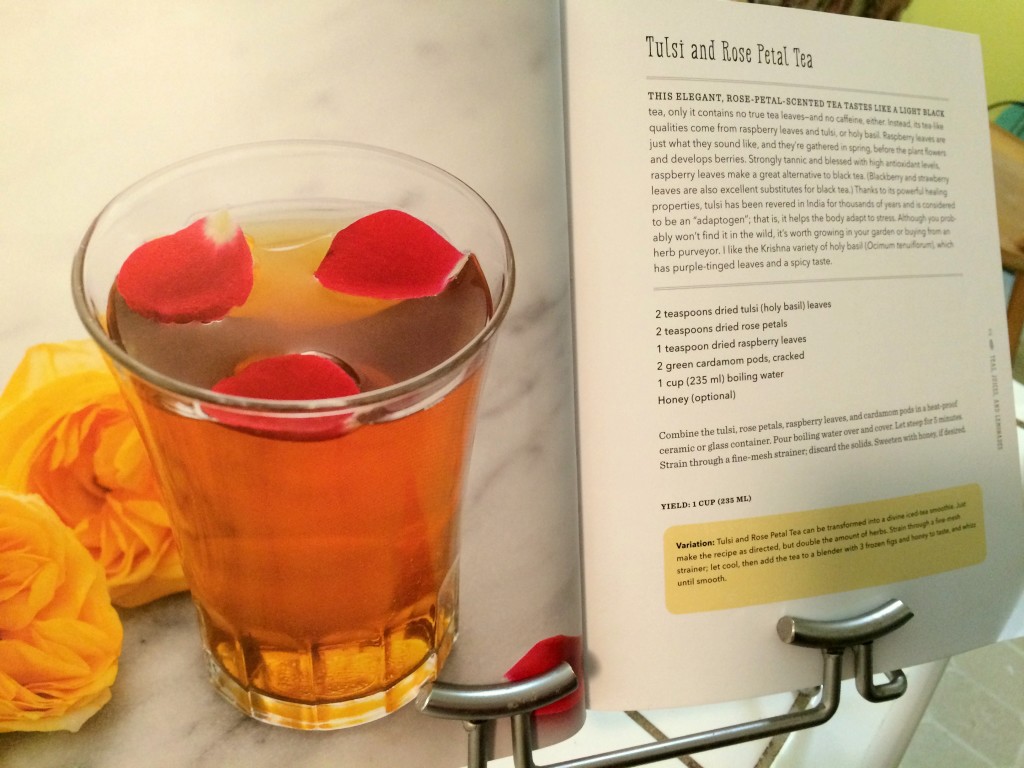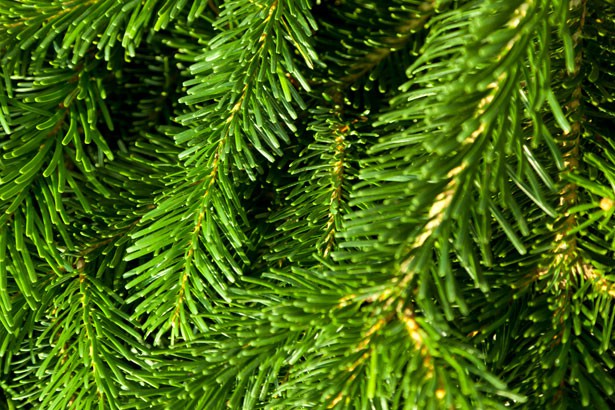Wild Drinks and Cocktails! I love this book. Enter the contest below and you could win your own copy!
You’ll have some fun with these recipes and I have to tell you, there was one recipe that REALLY surprised me!
Making your own drinks is one of best health hacks I know of! As Emily Han shows us in Wild Drinks and Cocktails, it can be so simple, but the impact is big.
The first big impact shows up in your pocket book. Store bought drinks are expensive and Emily empowers us to make these delicious, nutritious beverages for a fraction of the cost.
The second benefit is your health and vitality. Even the so called healthy store bought drinks are full of questionable ingredients. The recipes in Wild Drinks and Cocktails are full of healing plants; which means more vitamins and minerals and an increase in energy for you!
One of the things I love about this book is the photographs. How many times do I see herbal recipes online and a stock picture with plants that aren’t in the recipe? That is definitely not happening here! Emily’s photographs are stunning, they have you feeling invited into the story of the recipes.
I consider myself an ‘herbal missionary” (smile) and am always looking for ways to inspire people to try something herbal. So, instead of sticking this book on my bookshelf, I left it out on the table……..
Everyone that stopped by the last couple weeks flipped through this book. People were drawn in by the beautiful photographs and intrigued by the names of the drinks. Who wouldn’t be with names like: Ginger Bug Soda, Turmeric Switchel, Citrus Squash….
EVERY single person that looked at it, found a drink that they said they wanted to try. (Yay! I’m looking forward to some good drinks at the upcoming holiday parties!)

The first recipe I tried was the Tulsi and Rose Petal Tea. The photograph is so beautiful, it just drew me in. A great tasting tea, it has the right blend of flavor and a nice relaxing effect. I usually make a big batch of tea in the morning which sits around until the late afternoon when people come home from work and school. I leave the tea on the counter with glasses all ready to go and my family has come to expect and enjoy this refreshment station. Well, I have to say, the Tulsi and Rose Petal Tea passed the family refreshment station test of approval!

I really like chapter 4, Oxymels, Shrubs and Switchels. From Sage Oxymel to Emily’s unique Fire Cider blend, this chapter is full of flavor. You can get your holiday cheer going and keep away colds with her Everygreen Oxymel.
This is a great winter drink that is so easy to make and full of health enhancing antioxidants that can help keep you well. You can get a taste of how yummy and user friendly her recipes are with Evergreen Oxymel. Check it out at the end of this post.
Ok, so the surprise came in chapter 2, Teas, Juices and Lemonades. When I saw the recipe for Wood Sorrel Lemonade I just sat there for a moment. Really? That is amazing, I never even thought of making tea with this plant!
Wood Sorrel, also known as Sour Grass, is a childhood plant for me. It grows in abundance here and my grandparents and parents taught us to eat the sour grass every spring. I remember being so delighted watching my mother pass on this tradition, teaching my toddler son to eat the spring sour grass.

Eating this plant is one of the seasonal herbal heritage foods from my family. But guess what! I’ve NEVER made a tea with it! Isn’t that funny? I just eat in the spring like I was taught, and even with all the herbal tea we drink, I just never thought of making tea with this plant! I was so happy to see my childhood friend made into a lemonade!
What drinks are you going to serve at your next gathering?
I definitely recommend you pick up a copy of Wild Drinks and Cocktails, actually, you could pick up 10 copies and just hand it out this holiday season. You can’t look through this book and not be inspired to try something. http://emilyhan.com/wilddrinks/
Wild Drinks and Cocktails gives us the tools to quench our thirst using fresh, natural ingredients to create flavor filled beverages that heal and please…. Remember, you are what you drink.
Enter here to win your copy of Wild Drinks and Cocktails by Emily Han
The winner will be announced on December 12
Evergreen Oxymel Recipe
Ingredients
- 1 large handfuls conifer needles
- 1 cup (235 ml) apple cider vinegar
- ¾ cup (255 g) honey, or to taste
Instructions
- Roughly cut the conifer needles using scissors or a heavy knife. Combine the needles and vinegar in a sterilized pint (470 ml) jar, stirring with a chopstick to release air bubbles and moisten all the needles. Leave at least 1/4 inch (6 mm) of headspace and make sure the needles are completely submerged.
- Wipe the rim of the jar with a clean cloth. Cover the jar with a nonreactive lid (see page 89). Store the jar in a cool, dark place for 2 to 4 weeks, shaking it daily and ensuring that the needles stay submerged. Strain the mixture through a fine-mesh strainer lined with a cloth or towel; discard the solids. Combine the strained vinegar and honey in a sterilized jar or bottle, cover it with a nonreactive lid, and shake to combine. Store in the refrigerator for up to 1 year.
- YIELD: ABOUT 11/2 CUPS (355 ML)
- Wildcrafting Tip: Conifer needles or leaves may be harvested any time of year, although they’re usually most aromatic in spring and can be bitter in winter, so pick accordingly. And, I know I’ve said it before, but I can’t overemphasize how important it is to taste each individual tree, because their flavors really do vary! Also, be sure not to harvest too much from any single tree; move around and gather a little here and there to maintain the area’s ecological balance.






What a great book. This would be a wonderful addition to my library. I would love to win, thank you for the opportunity.
would love to try some of these recipes!
What a perfect gift for anyone interested in uncommon infused drinks. WOW!
Wow! Very informational. Never thought you could make such drinks.
I’m really excited to have found this book…looks amazing!
I like elderberry oxymel,but I would of never thought about making it with pine needles..cheers
What awesome recipes! I have to try some of these!
[…] read the post + recipe for Evergreen Oxymel […]
Looks awesome
What great recipes!! I would love to get this book and
find some more deliciousness!
Thank you for your lovely review, Kami! I’m so happy you enjoyed the book and shared it with your readers.
I love learning about natural ways to keep my family healthy
Thank you so much for a chance to learn more about being deliciously self-sufficient. I have just started making my own vinegar from fruit scraps and am drinking shrubs almost daily…I look forward to more ideas to delight my palette…thanks, Kami!
I was raised by a large stout scotts-irish great grandmother who would always turn to the magic of her garden whenever my brother and I would get sick. My brother and I would say “Quick, run, Grandma’s going to make us eat weeds again!” We always got better an hardly ever had to see a doctor. I grow all the same herbs as my great grandmother, with some fruits and veggies and make good use of all my weeds, like stinging nettle, plantain, purselane and wood sorrel etc. My daughter is now 15 and fifth generation to natural medicine. My… Read more »
Hi Shelli,
I love your story, thank you so much for sharing it, we need to hear more stories like yours!
This is fascinating! I love the idea of sour grass tea, must be delicious. I’m curious to check out her Fire Cider recipe too! Thank you for sharing 🙂
Love shrubs and herbal drinks!
What a lovely gift to myself that book would be!
and I think I will get more needles for that recipe!!
Ok! This is going to be fun, this book is awesome!